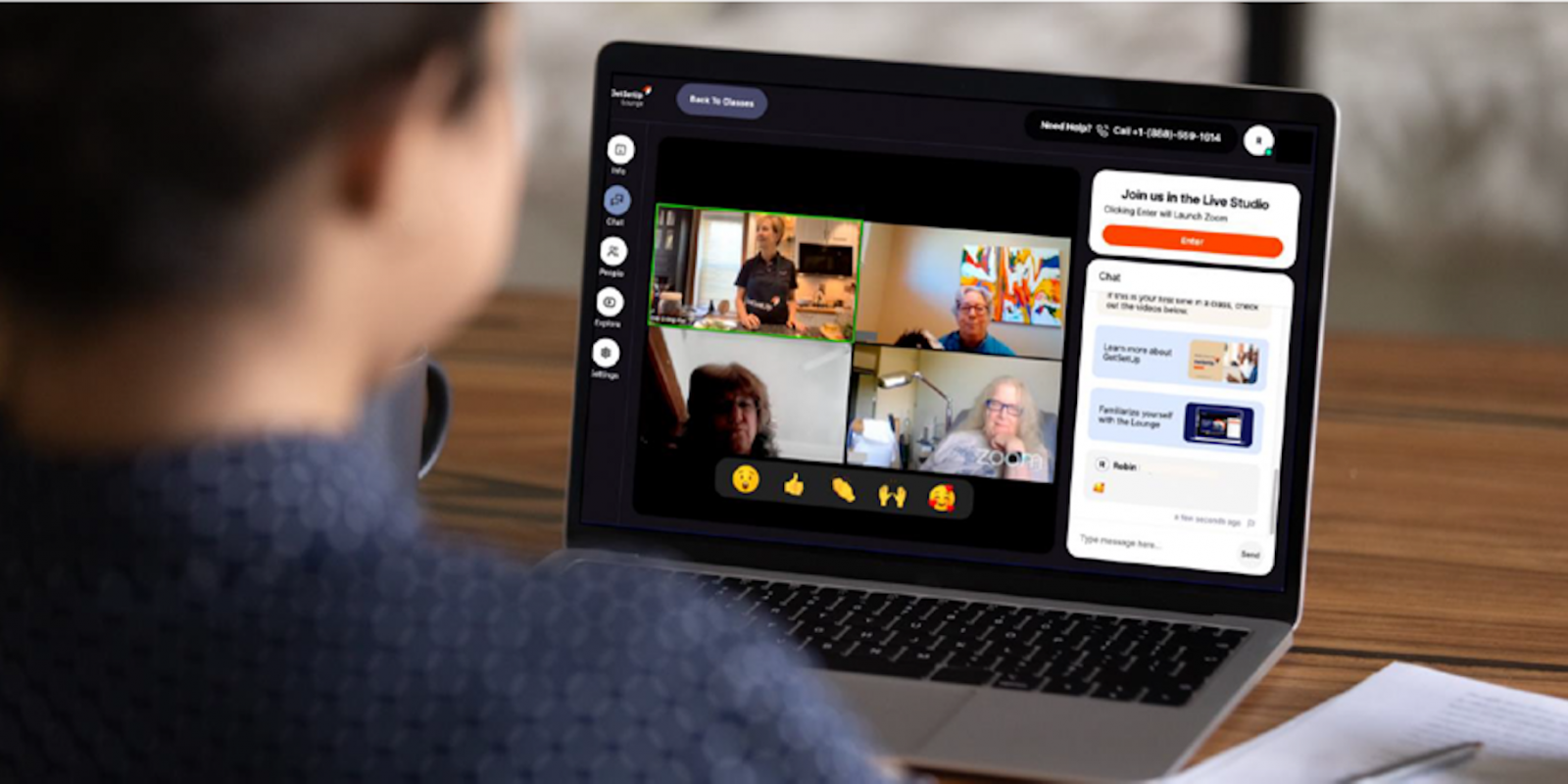Stay tuned for the July 20 release of the Generations Today Economic Security issue.
The number of people in the workplace who are older than age 50 is growing, and society’s model of retiring for what could be a third of your life just isn’t feasible for many of them.
More consideration needs to go into how individuals and businesses can get the best out of this demographic trend. A more welcoming path should be laid for older workers to remain in or reenter the workforce.
What Can Organizations Do?
By 2030, one in four workers in the United States is predicted to be ages 55 and older.
GetSetUp, the community learning platform for those ages 50 and older, conducted a 2022 Job Skills survey, showing that its learners wanted to gather transferable career skills in four main areas:
- Professional and technical skills related to email management, new software apps, computers/technology and marketing skills, among others.
- Confidence to speak in public, use second or third languages, and communicate effectively. Most importantly, learners sought to gain confidence to express their opinions publicly and feel a sense of self-worth that their opinion is valuable.
- Personal skills related to improved memory, goal setting and virtual networking with a diverse community.
- Health and well-being support for stress management, mindfulness, healthy eating and fitness so they can show up to their next position feeling well holistically.
Although older adults are not a homogenous group, these points highlight this audience’s primary areas of concern. Support with virtual learning can help considerably.
More flexibility and a culture that supports varying personal needs must take priority in the modern workplace. Mentoring opportunities can mutually benefit different generations, with younger workers sharing tech knowledge and trends, and more mature workers supporting with risk-management and experience-led advice.
Training in technology and learning more about the internet is readily available, but employers can ensure they’re supporting all staff with development opportunities like classes on optimizing the use of team software or understanding software updates. This can enrich loyalty, keep staff motivated and produce the best results for the company.
Working by Example
Director of Creator and Guide Operations at GetSetUp, Judy Stelling, has firsthand insights on training older workers. She says the keys to successfully integrating older workers into new tech areas include upskilling and reskilling on essential tech, peer-to-peer learning, interactive classes, opportunities to practice, and empowering communities.
More than 40% of workers on the GetSetUp team are older than age 50. A lot of team members’ lives have been radically changed by this job opportunity.
Scott Sleek, a Guide for GetSetUp, comes from a communications background and decided to take a sabbatical, saying, “I thought I’d pursue a new direction for the last stage of my working life, turning my photography hobby into a freelance career, but the pandemic thwarted that plan. Then I discovered GetSetUp, proposed a class on iPhone photography, and now teach a host of classes in writing, communication and history. It’s a dream job.
‘More flexibility and a culture that supports varying personal needs must take priority in the modern workplace.’
“I’m given space for creativity and experimentation, making the job fun and challenging. I’ve developed good friendships and my schedule is flexible. The leadership team is incredibly supportive and believes in professional development. And I value the chance to help my Baby Boomer peers master new skills and hobbies. What more could a guy entering his 60s ask for?”
Self-development remains a key area for most people, as well as being given autonomy, and the ability to contribute to the teams’ goals. This is where the work culture of an organization can innovate.
Marge is 70, and studied business, history and computer programming in college. She’s able to program in eight languages and learn new ones very quickly. She was one of the first people hired as a GetSetUp Guide, although she transitioned to running the Virtual Help Desk full-time.
She says: “I really enjoy helping people make sense of their tech devices. I feel blessed to have found GetSetUp—it’s been a big part of my social life for the last two years. GetSetUp offers its learners a rich platform of classes and social sessions that can bridge the gap we all face in our social lives right now. Live, interactive classes plus knowledgeable patient guides equals the perfect platform for our older population!”
Overcoming Ageism in the Workplace
Ageism is still prevalent in the workplace and remains one of the most accepted forms of discrimination. Most discriminatory ageist behaviors are based on myths and born from naive stereotypes, primarily about digital ignorance.
Older workers are skilled, experienced, dependable and have a strong work ethic. They remain in positions longer, take fewer days off, and most importantly, they can learn and adapt to new technologies.
Working together toward justice and equity for all workers is having an impact on the overall health and well-being of our staff. We hope that through our successes we can help shift the culture to hiring more older workers.
People are living longer, healthier lives and many don’t plan to stop working. Soon workers in their 70s and 80s will become the norm, so the sooner we create welcoming workplaces, with considered roles that make sense for this demographic, the more quickly we can build on the power of this knowledgeable and dedicated workforce.
Nicola Kidner is the content manager at GetSetUp.
Photo: the GetSetUp platform.
Photo courtesy GetSetUp.













